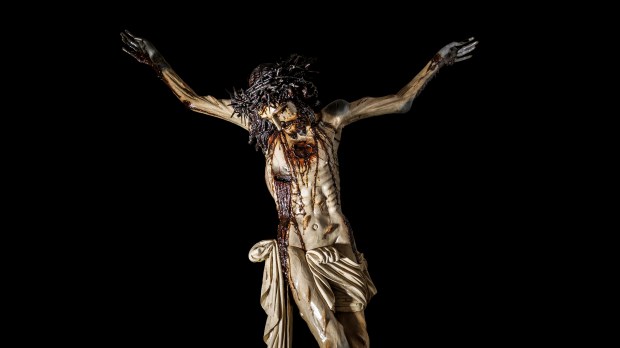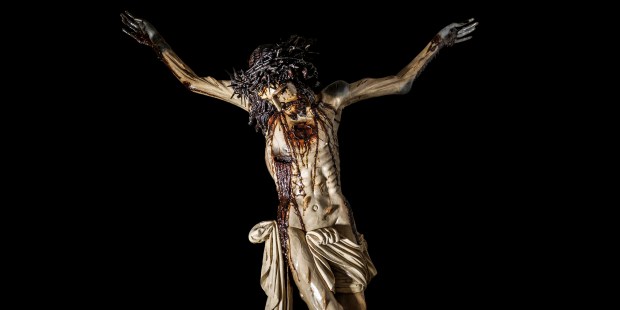The New Testament says very little, almost nothing, about how Jesus looked. It does not say anything about the looks of the apostles either, or Mary’s. None of the four Gospels physically describes Jesus, his followers, or his mother. However, the Christian tradition has nevertheless represented him using different iconographic models, and Marian icons are as old as Christianity itself. Some of the images these artists have made are considered miraculous by thousands (if not millions) of Christians around the world. Malta, one of the earliest cradles of Christianity, is home to some very special miraculous images.
Early Christian artists relied on the artistic canon of their day and age rather than on the actual written and oral testimonies of the early Christian communities when they had to portray their Messiah, his mother, or his earlier disciples in icons or frescoes. Christianity has always recognized in the image not only a liturgical element but also an effective evangelization tool in a world where reading and writing were (and still are) not widespread skills. Tradition holds that one of those artists is also the author of one of the Gospels.
Christian tradition has attributed to Luke many different talents, one of them that of being the author of the very first “portrait” of Mary. This should not come as a surprise. Luke’s talents as a chronicler are beyond dispute (one needs only to read the Acts of the Apostles), and his Gospel is renowned as the most literary of the four. But Eastern churches also consider him the original “iconographer,” responsible for “writing” the first icon of the Blessed Virgin Mary.
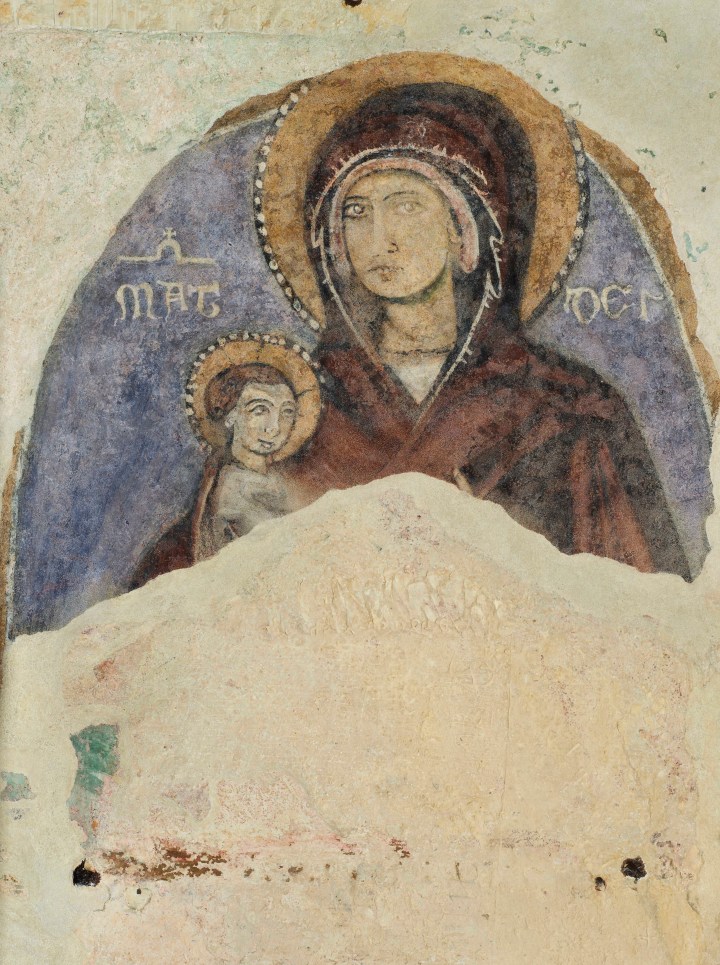
Luke was also Paul’s companion and scribe during his trips around the Mediterranean. On his way to trial in Rome in the year 60, Paul was shipwrecked off the northwestern coast of Malta and had to spend the harsh winter months there. During his stay, he converted the island’s governor, Publius (Malta’s first bishop and first saint), thus establishing the very roots of Maltese Christianity. Luke tells the story (notice his chronicle is written in the first-person plural, “we”) as follows, in Acts 28:
Once safely on shore, we found out that the island was called Malta. The islanders showed us unusual kindness. They built a fire and welcomed us all because it was raining and cold. Paul gathered a pile of brushwood and, as he put it on the fire, a viper, driven out by the heat, fastened itself on his hand. When the islanders saw the snake hanging from his hand, they said to each other, “This man must be a murderer; for though he escaped from the sea, the goddess Justice has not allowed him to live.” But Paul shook the snake off into the fire and suffered no ill effects. The people expected him to swell up or suddenly fall dead; but after waiting a long time and seeing nothing unusual happen to him, they changed their minds and said he was a god.
There was an estate nearby that belonged to Publius, the chief official of the island. He welcomed us to his home and showed us generous hospitality for three days. His father was sick in bed, suffering from fever and dysentery. Paul went in to see him and, after prayer, placed his hands on him and healed him. When this had happened, the rest of the sick on the island came and were cured. They honored us in many ways; and when we were ready to sail, they furnished us with the supplies we needed.
Acts, 28.
With an uninterrupted two-millennia long tradition of rich Christian heritage, the Maltese Christian community Paul himself found is as ancient as those of Ephesus, Jerusalem, Corinth, and Rome. It is only natural that the country has more than one church per square kilometer. Some of these churches are home to exceptional images of Christ and Mary. Here, we present you with a few of those images, considered miraculous by thousands of believers and devotees, that you can find when visiting the Maltese archipelago.
Ta’ Ġieżu Crucifix, Valletta
Ta’ Ġieżu Crucifix is a mid-17th-century sculpture, the work of Frate Innocenzo da Petralia. Commissioned by Fra Marco Rosset, an Aragonese Knight of the Order of St John who was also a founding member of the Archconfraternity of the Holy Cross, the Sicilian Frate Innocenzo sculpted this crucifix in wood around 1646, possibly during a short residence in Malta. Since Da Petralia was a Franciscan friar, with close relationship to the Custody of the Holy Land, the crucifix went to the Franciscan Church of St Mary of Jesus, better known as Ta’ Ġieżu, in Valletta.
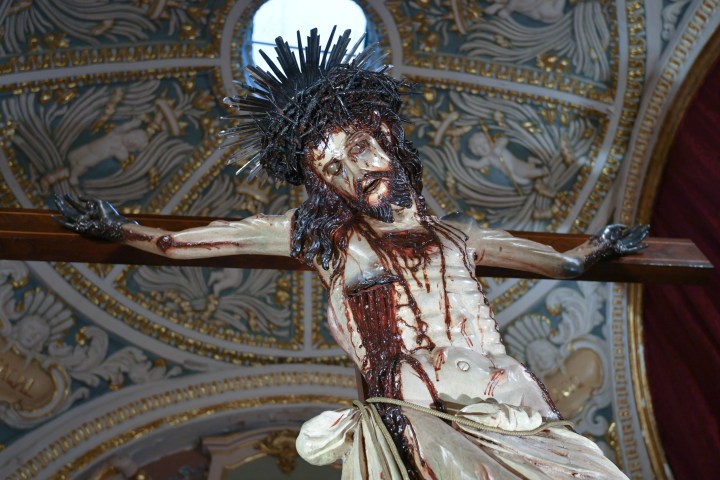
Its dramatic character, exhibiting the harsh marks inflicted on Christ’s body during his Passion, make it a distinctive Baroque image. Contrary to other crucifixes in which Christ looks upwards (as if evoking the passage in Matthew 27, Eli, Eli, lama sabachtani?), Frate Innocenzo’s looks down, straight into the worshiper’s eyes, forging a strong devotional and emotional bond – yet another typically Baroque feature of the image.
The Crucifix of Ta’ Ġieżu is popularly called “The Miraculous Crucifix”: it is the most famous crucifix venerated in Malta, for several different reasons. On the one hand, the Franciscan church where it is venerated has been deemed “everybody’s parish church.” Countless devotees have prayed in front of the crucifix for centuries. Indeed, the Maltese have always considered the crucifix so “miraculous” that just praying before the image means grace granted. But also, because during times of pestilence, drought, or war, it was always the Crucifix of Ta’ Ġieżu that was taken out in penitential procession.
The Senglea Redeemer
Twice a year, on the fourth Friday of Lent and on Sunday after the solemnity of the Sacred Heart of Jesus, thousands of Maltese Christians go to Senglea to venerate the miraculous effigy of Christ stumbling under the cross, locally known as Ir-Redentur. Even if similar traditions seem to be waning elsewhere, the Senglea Redeemer keeps a strong following.
Originally commissioned by the Confraternity of the Holy Crucifix in 1742 as a statue for the Passion set, it soon grew to become one of the most cherished and beloved effigies in Malta. In fact, Pope Pius VII gave permission for a feast to be held in its honor annually after the end of the Easter period. The Redeemer became a national monument of devotion when a vow was made by the clergy and the people of Senglea in 1813 to be safeguarded from the plague that was rampant in Malta. Since then, the number of ex voto donations have increased exponentially.
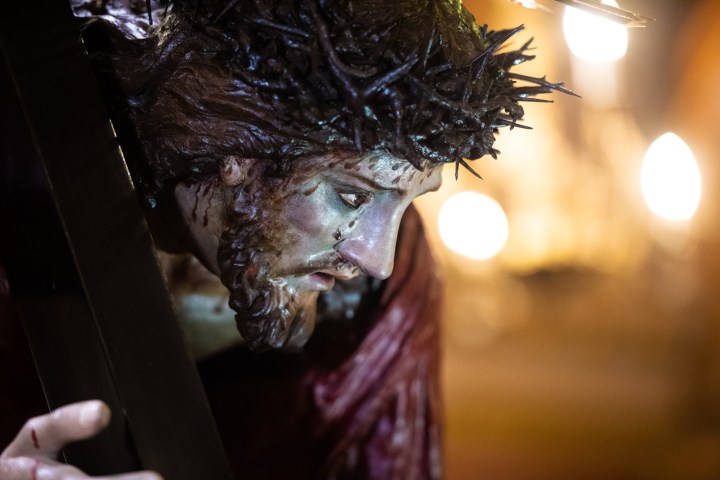
The recorded testimonies of private miracles are literally innumerable: healing from terminal illnesses, cure of physical ailments, mending of relationships, and, most commonly, personal journeys of finding one’s way back to God. These numerous unseen graces were the reason why in 2016 the Oratory where the Redeemer is kept was chosen as one of the privileged venues for the Jubilee of Mercy. Other year-long moments of thanksgiving consist in the many presentations by parents of their newborn babies, asking for the Lord’s blessing and protection.
The Madonna of the Grotto of Mellieħa
An underground grotto is part of the complex of the Sanctuary of Our Lady of Mellieħa. The chapel was hewn out the hard limestone, thanks to a Sicilian devotee of Our Lady, Mario de Vasi, who was a regular visitor to the Sanctuary of the Madonna of Mellieħa. He is also responsible for the completion of a white statue of Our Lady holding the Holy Infant on her left arm, at the far end of the chapel.
De Vasi was a wine merchant who had regular business with Malta. He was so devoted to the Sanctuary of Mellieħa (and to Our Lady) that he wanted to build another, smaller shrine in her honor, but on the same site. And so, in 1644, De Vasi paid for a small shrine to be hewn out of the rock behind the Sanctuary of the Holy Icon.

Over the years, thousands of pilgrims have visited De Vasi’s underground chapel, and prayed before the Madonna, attributing to her many miraculous interventions and healings, both spiritual and temporal. Events recorded in 1887, 1888 and 1948 are particularly famous.
Various groups of people on different dates and time were gathered to pray and beheld the white statue of Our Lady repeatedly moving her right hand, making the Sign of the Cross. In the Sanctuary Archives there are 13 separate documents that record these happenings. All give a very detailed description of each event and are signed under oath by all those present.
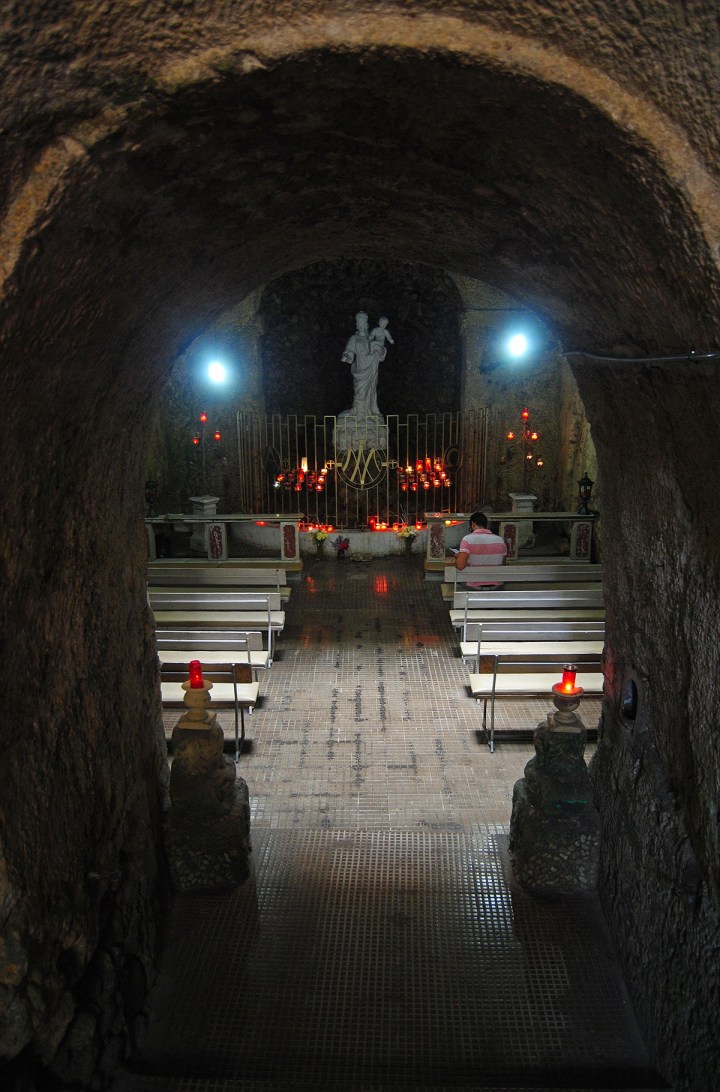
The first happening took place on August 2, 1887, when Sergeant-Major Vittorio Gauci declared that Our Lady moved her arm up and down on three different times on the same day. A similar happening was witnessed on August 13, by 10 different people, including the Mellieħa parish priest Fr. Franscesco Magri. During a visit to the Madonna of the Grotto on March 20, 1893, Fr John M’hale S.J., and another Jesuit took 50 teenagers on an expedition to Mellieħa. They saw “Our Lady’s right hand moving slowly. Then Baby Jesus made the same movements. They blessed the entire group by making the Sign of the Cross. Jesus’ head moved gracefully whilst the expression on his face was one of happiness.” The last time such a happening took place was reported after World War II, in 1948. A group of 10 people declared under oath that they witnessed the White Lady of the Chapel moving her right hand.
The Ta’ Pinu Marian Shrine
Ta’ Pinu Marian Shrine is also known as “The Church of Miracles.” The rector of the sanctuary, Fr. Gerald Buhagiar, explains how people who visit the shrine and pray for the intercession of the Blessed Virgin Mary return to Ta’ Pinu to give testimony to their prayers being answered. Votive offerings literally cover the walls of two rooms on either side of the altar at Ta’ Pinu. These relate to cancers cured, babies born after years of infertility, accidents resulting in completely healed patients, and countless other graces.
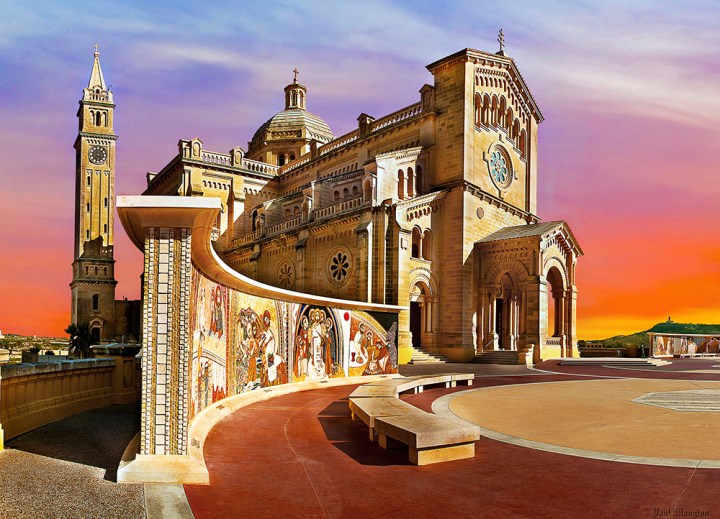
The earliest historical research about this Marian sanctuary was published in 1891, as La Beata Vergine Ta’ Pinu a Gozo (“The Blessed Virgin of Ta’ Pinu in Gozo,” in Italian). In it, we read:
On the 22nd June 1883, Karmni Grima from Gharb […] heard a call on her way home. […] [At] about 10:30 a.m. a mysterious voice called her three times ‘Come! Come! Come!’ Karmni was astounded, because at that time of the day, the fields were deserted, and no one could have possibly spoken to her. [When] she resumed her way, the same mysterious voice again told her: ‘Come, come, today, because a year will have passed before you will be able to visit this place again.’ So she walked towards the chapel in awe, figuring that she would see the Blessed Virgin. On approaching the chapel […] she peeped through the little aperture in the door pane but saw no one. Recovering her composure, she entered the chapel and as she prayed, a feeling of ineffable rapture gripped her. …The same voice addressed her again: ‘Recite three Hail Marys in remembrance of the three days during which my body lay in the tomb’ –and so she did.
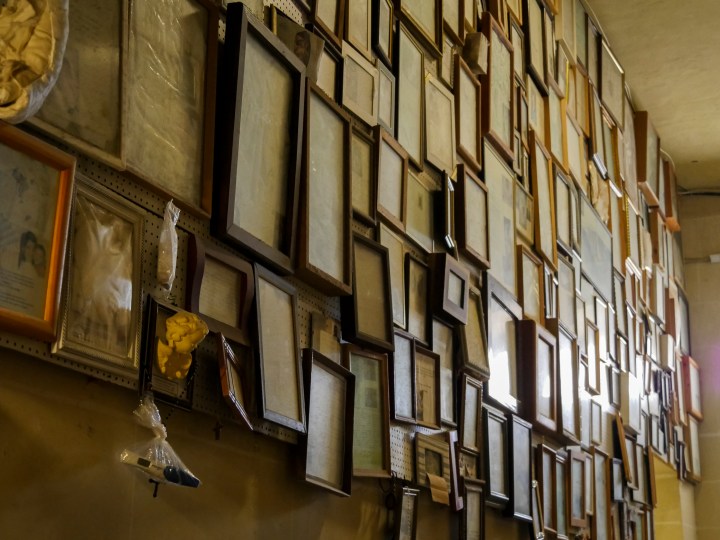
In his book Ta’ Pinu Shrine: The Pilgrims’ Haven, Bishop Mgr. Nicholas J. Cauchi (who was Bishop of Gozo from 1972 to 2005), writes:
For two years Karmni said not a word about what had happened. Then she disclosed her secret to Franġisk Portelli; [an upright] man who was renowned for his devotion to Our Lady of Ta’ Pinu […] As his heart filled with joy […] at about the same time, he had heard a mysterious voice asking him to say prayers in honor of Christ’s hidden shoulder wound caused by the weight of the heavy cross along the torturous path to Calvary. A short time later, Franġisk’s mother was miraculously healed by the intercession of the Blessed Virgin of Ta’ Pinu. It was obvious that the matter could no longer be kept secret and rumors that Our Lady of Ta’ Pinu had given a message to two persons from the village of Gharb began to spread like wildfire.
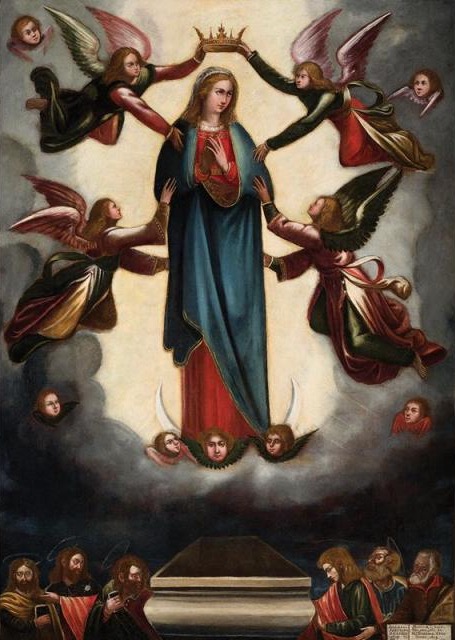
Extant documents written by Karmni’s spiritual director also testify that the Blessed Virgin appeared to her even at her home in the village of Għarb. Today, Karmni’s home is open to visitors.Visit the slideshow below to discover more miraculous images of Christ in Malta and Gozo.
Acknowledgements and credits:
- TheTa’ Giezu Crucifix was written by Christian Attard and Fr. Noel Muscat ofm of the Archconfraternity of the Holy Cross, Valletta
- TheSenglea Redeemer was written by Can. Dr. Jonathan Farrugia – Head of Department (Department of Church History, Patrology and Paleochristian Archeology – University of Malta)
References
- ‘Our Story’ on Official Facebook page of Our Lady of Ta’ Pinu National Marian Shrine.
- ‘Ta’ Pinu Shrine. The Pilgrims’ Haven’, Bishop Nicholas J. Cauchi (2nd revised edition, 2008).
- DeBrincat, Christopher (July 2012).“History of Ta Pinu in Gozo – Malta”. Archived from the original on 11 November 2013. Retrieved 3 September 2015.
This content has been brought to you in partnership with the Malta Tourism Authority
